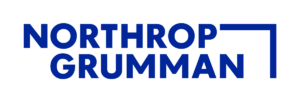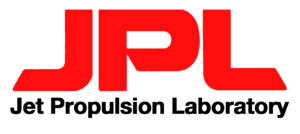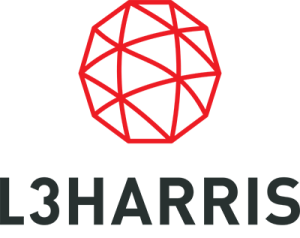Going Beyond Goals – How to Create a Job Performance Objective

Most job descriptions just list generic duties and responsibilities that can look interchangeable for different jobs. Candidates are not attracted to such descriptions, and those documents don’t provide interviewers any meaningful criteria by which to evaluate candidates. The better approach is to create Performance Objectives for the job. The best candidates are attracted when they can clearly see the challenges before them, and your team has solid questions they can ask. So what is a performance objective, and how do you create them?
Everyone knows the principle of SMART goals:
Specific
Measurable
Achievable
Relevant (not realistic, which is the same as achievable) Relevant means aligned with your overall mission and vision.
Time-bound (have a deadline)
Specific: It is not enough to simply list “Increase Sales by 15%” as a goal. That is not specific enough. How would this be accomplished? By direct sales or using reps and distributors? Domestic or international? Getting more from existing customers (farming) or finding new customers (hunting)? There are many variables. How would you ask the candidate if they could achieve 15% growth, without knowing what the right answer would be to get you the result?
Measurable: 15% seems like a measurement. OK, what if the 15% in new sales weren’t profitable? What if they came with time deadlines you couldn’t meet, and customers ended up dissatisfied? Having a complete picture of what success looks like, with all relevant KPIs, is important.
Achievable: Let’s say you have been growing by 4% per year, and your sector is growing at 3% per year, so you are currently outperforming your sector. Most of your products are legacy. Could you achieve 15% growth? Would that require introduction of new products with features that beat your competitors?
Relevant: Is the goal aligned with your mission and vision? If you want to sell your company, and need to maximize profitability, maybe not. Or, perhaps in your sector, long-term contracts and bookings would increase your value more. Determine if the goal supports the big picture.
Time-bound: Within a year? Tracking toward this amount by the end of the year, but hitting it by year two? All by year end? Quarter by quarter?
Taking into account “SMART-ing” the goal, it might be reworded like this:
Increase Sales: Increase sales by 15% Y-O-Y by end of year two, by doubling the outside rep network and expanding current international sales into the Middle East and Asia. Replace 3 poorly performing sales reps. Work with engineering to produce 2 new product lines within 18 months that respond directly to customer needs. Ensure no erosion of margin, and on-time delivery with increased customer satisfaction as measured by internal survey.
Yes, it takes some work to be this specific. But imagine the questions you could ask a candidate if you knew this was your goal, and imagine how much better you could evaluate their answers. By the way, BOB builds Performance Based job descriptions on each search project.
























